Cellular organization of the body
This is an excerpt from The Pocket Atlas of Anatomy and Physiology by Ruth Hull.
Cytology is the study of cells, which are the basic structural and functional units of the body.
Cells vary greatly in size, shape, and structure according to their function, but despite their differences, cells are bathed in interstitial fluid, a dilute saline solution derived from the blood. Interstitial fluid is outside of the cell and is also known as extracellular fluid, intercellular fluid, or tissue fluid. The fluid inside the cells is called intracellular fluid.
Both the interstitial fluid and the intracellular fluid are made up of oxygen, nutrients, waste, and other particles dissolved in water.
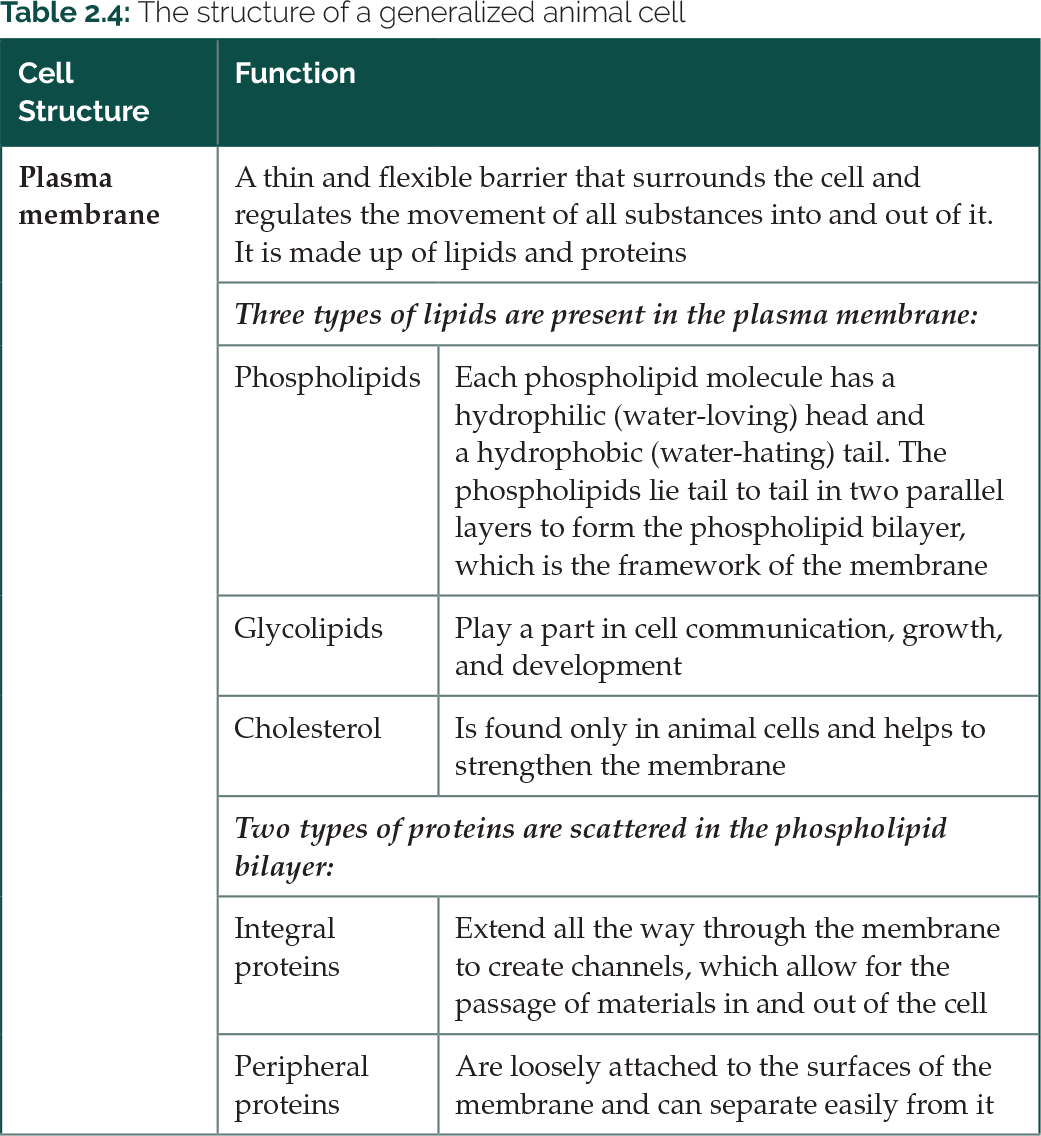
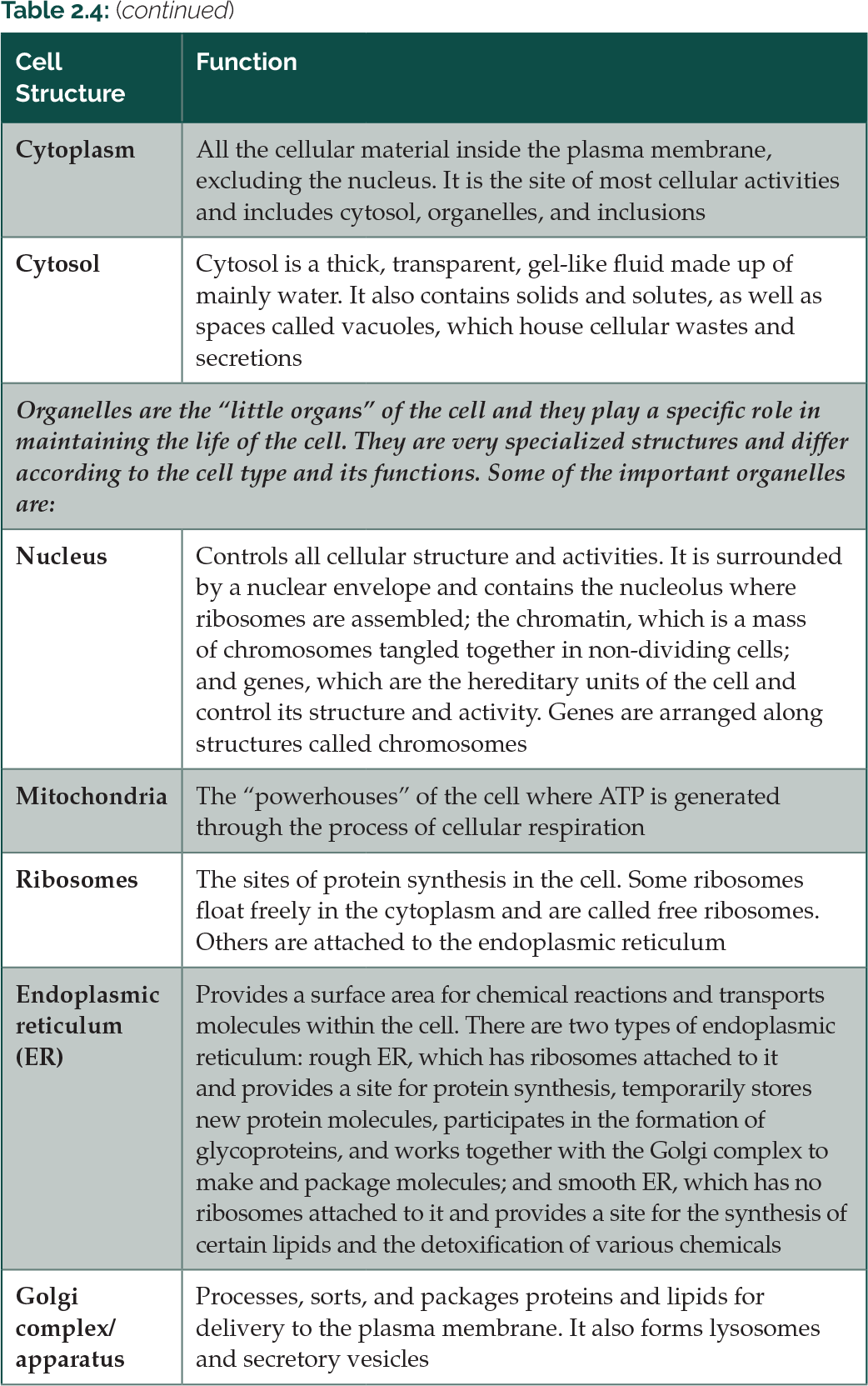

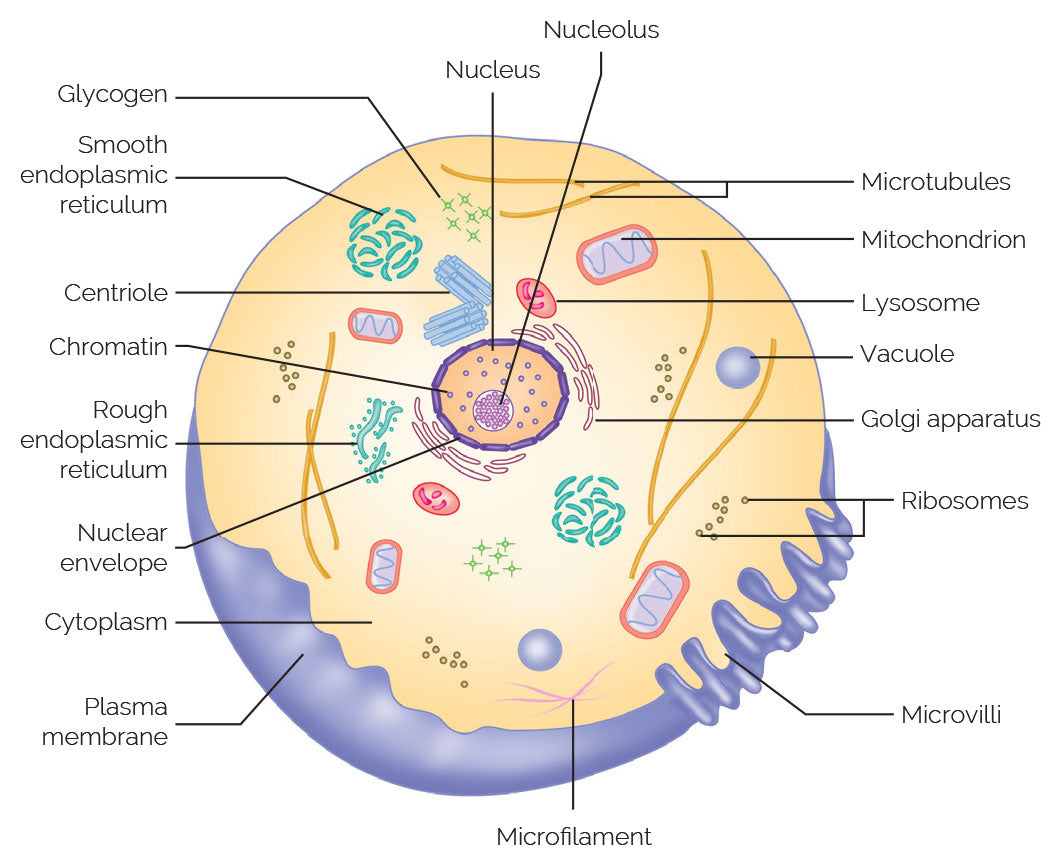

Transport across the plasma membrane
Materials are transported into and out of the cell via the plasma membrane, and there are two types of transport: passive processes and active processes. In passive processes substances are moved without using cellular energy. In active processes cells need to use some of their own energy gained from the splitting of ATP to transport materials across the plasma membrane. Active processes usually involve moving substances against a concentration gradient.
Passive processes
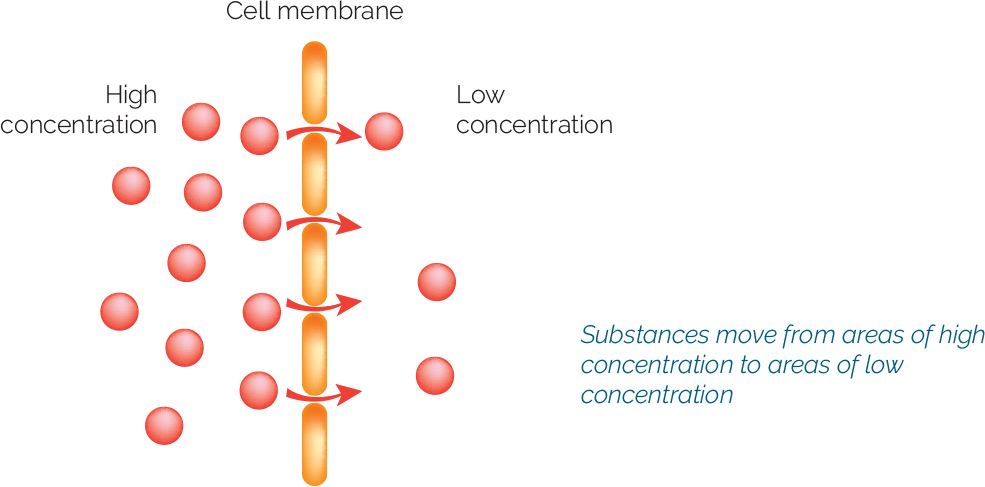
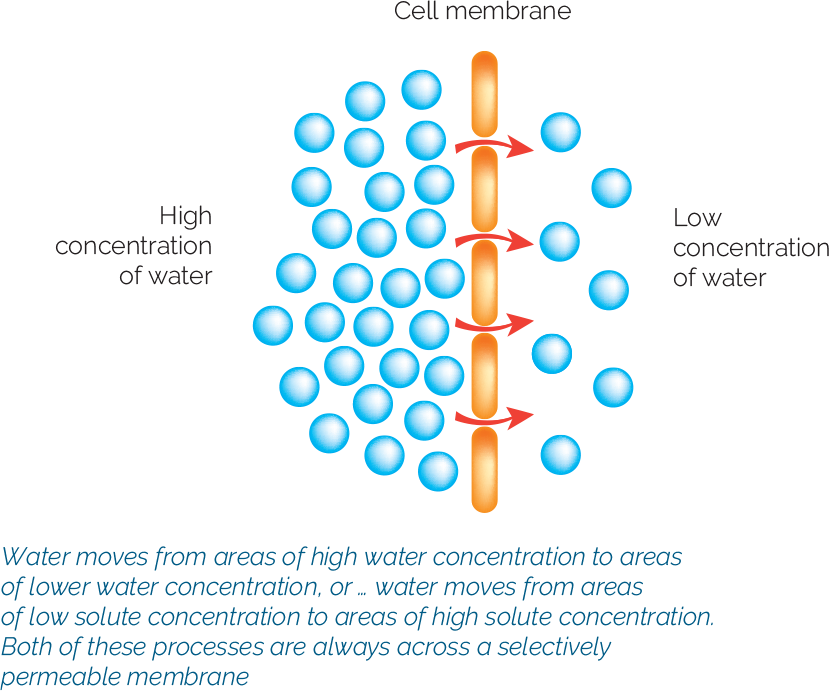
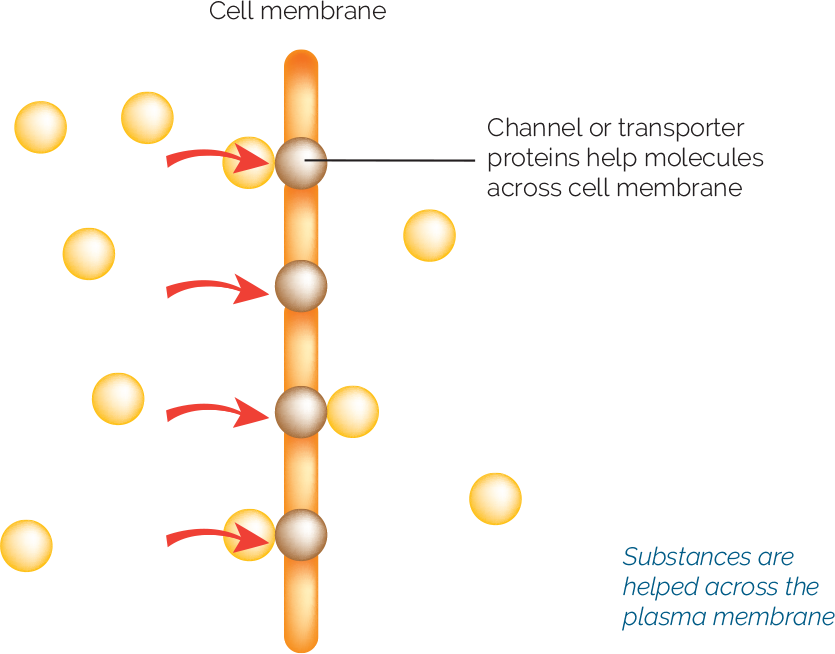
Active processes


SHOP

Get the latest insights with regular newsletters, plus periodic product information and special insider offers.
JOIN NOW


